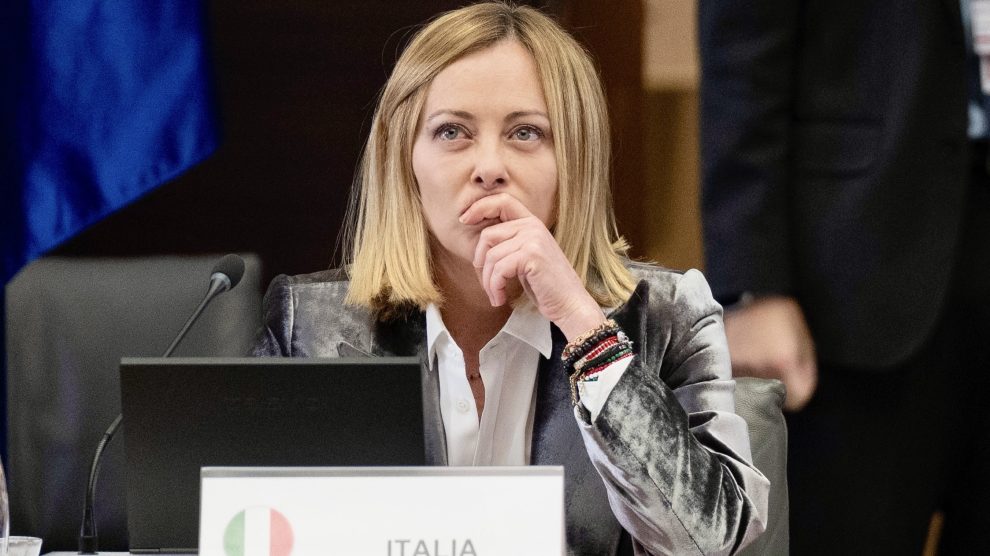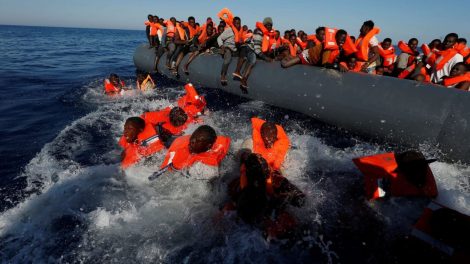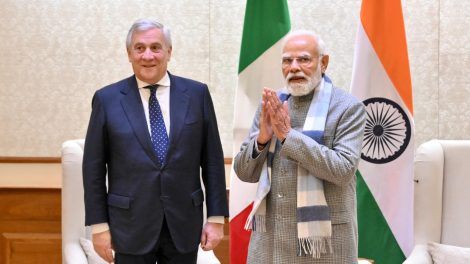Europe divided. On Monday, At the informal European Council meeting in Brussels, EU leaders expressed a unified stance against a trade war with the United States but signalled different approaches.
- French President Emmanuel Macron and German Chancellor Olaf Scholz took a firm stance, warning that the EU must assert itself and respond decisively if necessary.
- Italian Prime Minister Giorgia Meloni took a more cautious approach, stressing the importance of avoiding an outright clash.
- She advocated for a diplomatic solution and described US President Donald Trump as a negotiator, referencing the situation with Mexico.
- She also underscored the risks of a trade war that could disrupt vital sectors like defence and manufacturing.
Between the US and the EU. Deputy Prime Minister and Foreign Minister Antonio Tajani reinforced Italy’s role as a mediator.
- “We are the best ambassadors of Europe to the United States,” he said in an interview with Corriere della Sera.
- However, he made clear that if the US proceeds with tariffs on European goods, Italy will be ready.
- “We will not be caught unprepared: we are already working on solutions to protect our businesses and citizens.”
- Tajani highlighted a strategic plan to diversify trade relationships, focusing on new markets such as Mexico, India, Indonesia, Vietnam, the Gulf states, East Asia, and Africa.
NATO defence spending. The meeting in Brussels was also an opportunity to discuss defence commitments, particularly in light of Trump’s pressure for NATO members to increase military spending.
- “We are willing to reach 2% [of GDP], but certainly not 5%, especially considering that we have the highest number of troops in international missions,” Tajani clarified Italy’s stance.
- He proposed alternative funding mechanisms, such as excluding defence spending from EU deficit calculations, issuing eurobonds, and reallocating unused EU recovery funds.
Defence Financing. Despite Italy’s proposals, EU members remain divided over how to finance increased military spending.
- While Germany and the Netherlands oppose joint debt issuance, some northern European countries—such as Estonia, Denmark, Lithuania, and Finland—are warming to the idea of shared loans.
- Meanwhile, Italy and Greece continue to push for defence spending exemptions from EU budget rules.
- Other proposals on the table include extending the mandate of the European Investment Bank to cover defence projects.
Italy-Germany defence industry. As Italy seeks a more decisive role in European security, its defence industry is also making strategic moves.
- On the same day, the Italian Army unveiled the new Lynx KF-41 infantry fighting vehicle at the Nettuno proving ground near Rome.
- In an analysis for our sister website Formiche, Retired Major General Ivan Caruso noted that Germany’s Rheinmetall’s decision to partner with Italy’s Leonardo rather than join the Franco-German Main Ground Combat System (MGCS) project could reshape the European defence industry.
- The collaboration between Germany’s expertise in land platforms and Italy’s strength in integrated systems creates an alternative to the Franco-German defence axis, with potential implications for the future development of a European battle tank.





